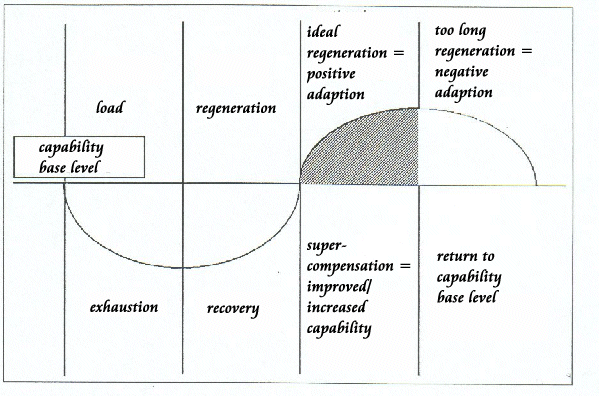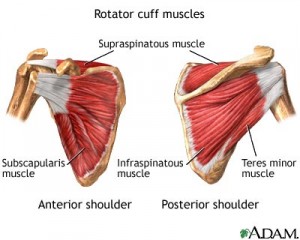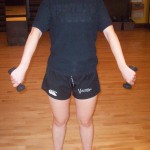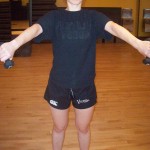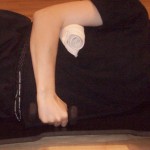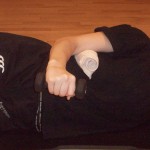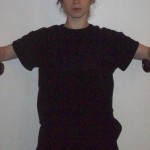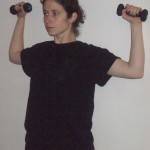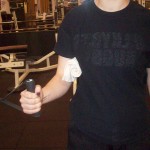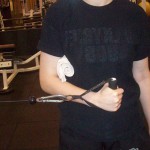As I sat down recently to design my post-injury-recovery workout plan, I had a moment of reconsidering my proportion of unilateral (one side) to bilateral exercises. Then I realized that many of you may have that same question. So let’s discuss the factors involved in adding or subtracting single-leg exercises from your program design.
Q: What is a single-leg exercise?
A: In most cases, it would be a movement in which only one foot (or other part of your lower appendage) is in contact with the ground or any other surface. As this significantly reduces the number of available options and excludes many common exercises, for our purposes we will include movements in which the other foot (or toe or knee) can touch the ground or bench but only briefly or not as a primary contributor. Now our list can include variations of lunges, rear-foot-elevated squats, step-ups, and many other movements.
So, why would we use a single-leg or unilateral exercise? Let’s discuss the characteristics that make it beneficial. The most significant aspect of a single-leg exercise is its increased demand on hip and core stability. If you only have one foot on the ground (forgetting about where your upper body may be for now), you have a decreased base of support. Even if your other toe or knee touches another surface during the movement, you still have less support than with two full feet on the ground. A smaller base of support makes it more difficult for your body to maintain balance by keeping your center of gravity within that base. This is an extra challenge for all the muscles of your leg, pelvis, and trunk. Another useful characteristic of single-leg work is the way it mirrors actual sports movements. Walking, jogging, running, jumping, bounding, leaping, and side shuffling are all single-leg activities. Can jumping be performed from a bilateral, even stance? Yes, but you’d be hard-pressed to find an example in competition. Finally, unilateral exercises offer a unique way to work on flexibility and mobility. They are a dynamic way to increase separation of the lower limbs.
That last characteristic was a major reason I decided to increase the amount of single-leg work in my own program. I noted a pattern of difficulty in both my split stance positions (one leg forward, one leg back – like a lunge) and my supine (lying on my back) active straight leg raise. I have no problem bilaterally squatting heavy weight, so it’s not a lower body strength issue. Thus I recruited single-leg movements to improve the hip-separation weak link in my chain.
One common misconception about unilateral exercises is that they are only a break from heavy bilateral lifts. Don’t be mistaken – unilateral exercises are not necessarily less strenuous than bilateral exercises! Unilateral movements can be done for strength or size with heavy weights. This is a large part of the opinion put forth by Mike Boyle when he argued for the “death of back squatting”. Coach Boyle’s athletes do not back squat for all the reasons mentioned above and, instead, perform heavy, loaded rear-foot elevated split squats (Bulgarian split squats) and other squat variations. Coach Boyle even mentioned the research finding that the positive hormone changes occurring with heavy back squats also occur with heavy single leg work, so there is no reason to back squat.
The argument about this is too involved to get into during this post and you should definitely do your own research into the debate. The opinion at Only The Strong Fitness is that, if they can be, both bilateral and unilateral exercises should be done and the deciding factors are the individual’s needs and limitations.
You might add single-leg exercises to your program if you are experiencing trouble with your balance, your core activation, the symmetry of your lower limbs, or your mobility and flexibility. Single-leg exercises are often used in a dynamic warmup or as rehabilitation/pre-hab exercises. I prescribe them for clients or patients who have an imbalance in the strength or mobility of one leg vs the other. Let’s go over a few variations and what they might be used for:
- Half-kneeling Cable Chop: Kneeling on one leg, other leg at ninety degrees of hip and knee flexion (bend), chopping the cable diagonally across the body with your arms. This teaches your body to stabilize itself in one of the key transitional lower body positions. Use to assist with core reaction time and strength, use to promote hip extension and posture.
- Split Squat or Rear-Elevated Split Squat: Standing with one leg forward and one back, lunge down to touch the back knee to the ground. This promotes separation between the hips so it acts as a flexibility drill while it strengthens. Elevating the rear foot increases the separation to greater stretch the rear hip flexors and increases the difficulty. This exercise also challenges balance due to a reduced base of support. To challenge further, bring your legs more in line with each other. Be sure you can do the easier version properly before jumping ahead to a narrow base.
- Single-Leg Deadlift/Reach: Standing on one leg, tip forward from the hips, back flat, rear leg rises as torso falls. There are many opinions regarding the proper forms for these variations. I instruct clients to keep their hips facing forward, the stance knee slightly bent, the back leg straight, and the chest up. Provides an excellent active stretch of the posterior chain on the stance leg, improves balance, and increases hip and core stability, so it’s a real multi-tasking movement.
Those are just a few of the multitudes of unilateral exercises you can add to your program. Remember, the proportion of unilateral to bilateral exercises in your specific program will be dependent on your stability/mobility needs and goals. Sets, reps, rest, and other factors depend on the goal. Intensity is not dependent on exercise type! You can perform one or two sets of ten as part of your dynamic warmup or mobility drills, or you can use them in between sets of other exercises as active rest. You can fix an asymmetry in your lower body by using them in an assistance exercise pattern, or bulk up using them with heavy weights as a main strength movement. Always be sure to use a full range of motion (as with any other movement) and you should see great results from adding single-leg movements to your program.

